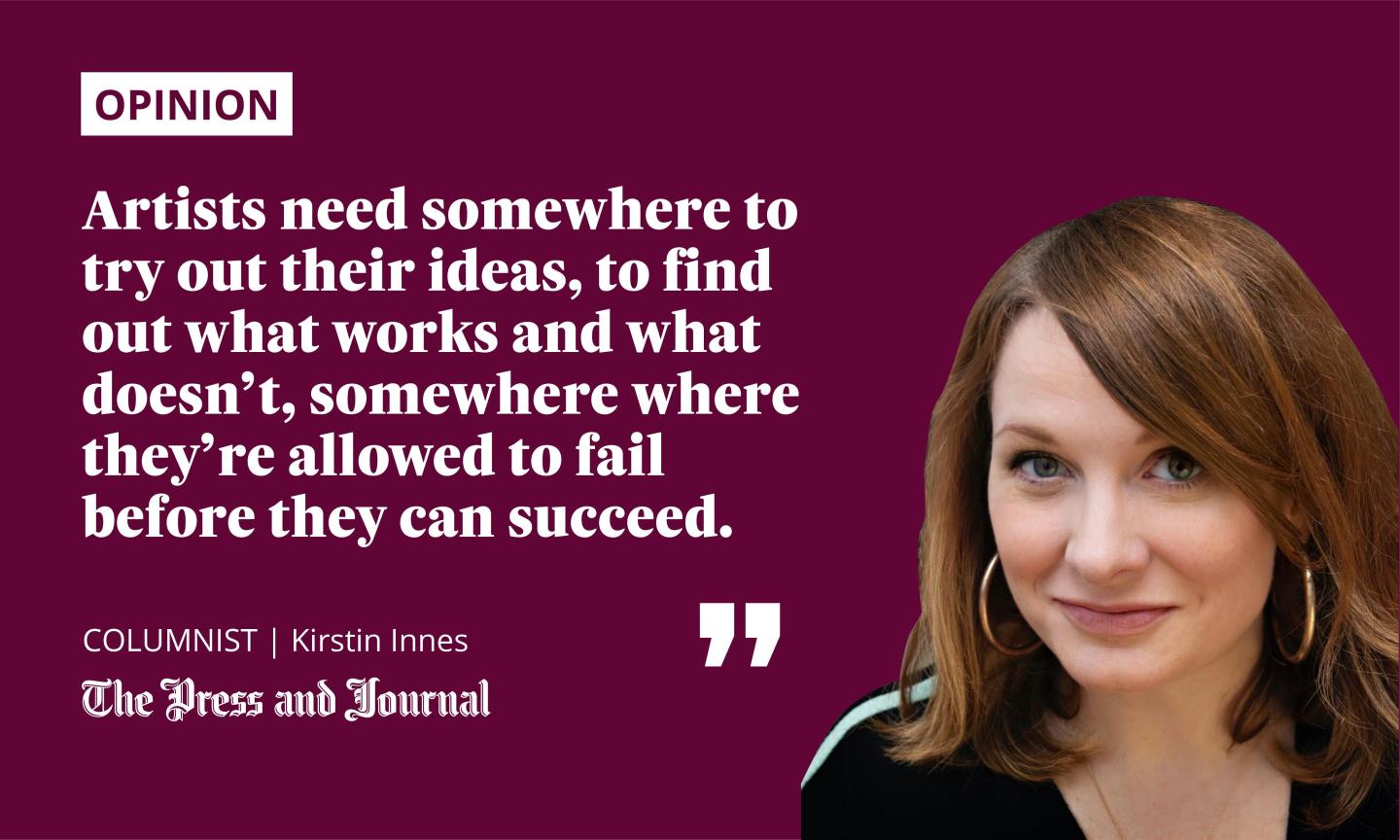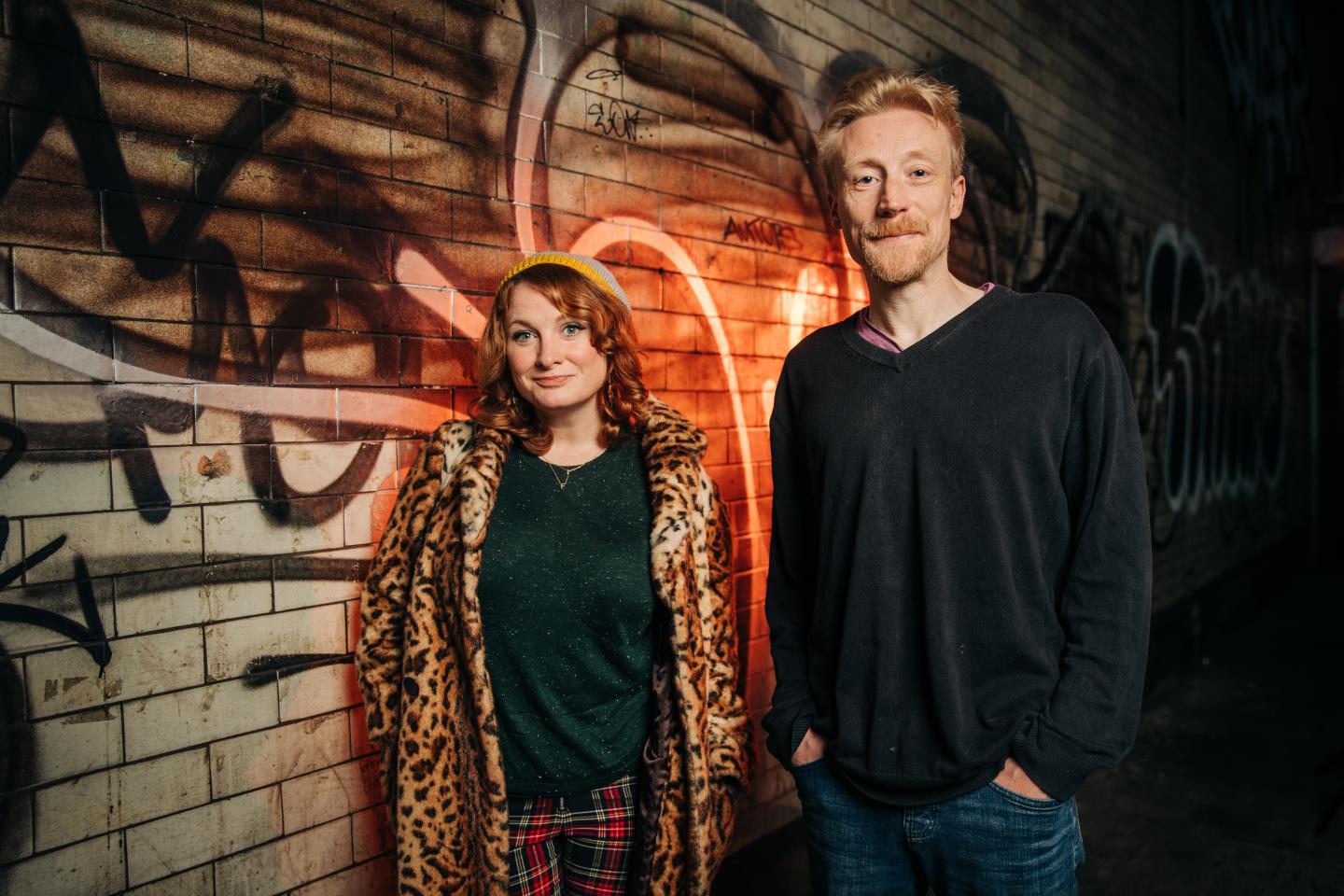When I was 24, I moved to Glasgow to work in a place called The Arches: a nightclub, theatre, cafe, bar, gallery and whatever you wanted or needed it to be, which sprouted up under the red brick arches that held up the city’s Central Station in 1991.
Everything about that job changed me, right from the first day, when my boss – the founder and then-artistic director, Andy Arnold – explained to me that the organisation was built on the “right to fail”.
Artists don’t just create perfect pieces of work straight away, he said. They need somewhere to try out their ideas, to find out what works and what doesn’t, somewhere where they’re allowed to fail before they can succeed.

This felt revolutionary to me: I’d got most of my experience in the arts working in Edinburgh Fringe venues where a one-star review meant what we’d now understand as “cancellation”.
The treatment of art (whether it was theatre, music, DJing, visual art or comedy) like a craft that needed honed rather than a commodity for sale was something we heard very little of in the mid-2000s and even less of now, when it seems that almost all the young artists who make it big in whichever field they work in tend to have family money or some corporate backing.
Clubbing to fund the arts
The reason The Arches was able to provide this space was also the reason that most people have heard of the venue: those giant red brick arches created the perfect conditions for one of Europe’s most famous nightclubs. It began with the occasional party, run by local club promoters keen to move rave culture indoors, in order to keep the lights on and the arts social enterprise running.
However, within a year they were running some of Scotland’s biggest weekly Friday and Saturday club nights, hand in white-gloved hand with the Slam DJs. They had just signed a pair of French teenagers calling themselves Daft Punk, who caught regular cheap flights from Paris to Glasgow to hang out at The Arches, to their low-budget record label.
Daft Punk at The Arches, Glasgow in 1997. pic.twitter.com/zuo2VcQvza
— PictureThis Scotland (@74frankfurt) October 24, 2021
Early on, Andy and Lori Frater, the building’s 24-year-old first general manager, set up a charity that was completely without precedent anywhere in the UK: the revenue brought in from the clubs would fund the arts programme. This arrangement continued – not always entirely peaceably – as the clubs got bigger and bigger and the arts programme got more and more experimental.
Then, in 2015, following the death of 17-year-old Regane MacColl, one of the many victims of so-called “Mortal Kombat” ecstasy pills, after a collapse at the venue, The Arches was refused its license.
So many have an Arches story to tell
Over the last year, it has been my privilege, along with my former colleague David Bratchpiece, to try and work out how we tell the story of that place, and (shameless plug coming up, prepare yourself) – our book about it all, Brickwork: A Biography of The Arches, is released on November 4.
Where are the spaces in this country now where working class young people can encounter the arts without feeling like tourists?
Capturing somewhere that ran for so long and meant so many different things to so many people is a huge challenge; we decided in the end to turn the story over to the people who were there, in their own words. We built Brickwork in the oral history style, set out like a script, and with its words almost entirely taken verbatim from the 60 plus interviews we conducted over lockdown, via Zoom and email.
We spoke to everybody we possibly could, from superstar DJs like Carl Cox, who was the venue’s patron from 2006 until its closure, to staff who worked the late night bar and cloakroom shifts.
When Brickwork’s publication was announced, David and I were contacted by a phalanx of former staff and punters who all felt they had their “Arches story” to tell. We weren’t able to include everyone and we are still dizzy from its scope.
We need more equal opportunity access to the arts
The book takes in an era, maybe two. It’s the story of dance music from the raw rave movement of the early 1990s, through the noughties retro pose of electro, to the big-money takeover of electronic dance music. It’s also the story of a space that existed to allow everyone equal opportunity access to the arts, and, tangentially, how that doesn’t exist any more in Scotland.
Where are the spaces in this country now where working class young people can encounter the arts without feeling like tourists; without having to overcome huge, invisible socio-economic barriers around confidence to even brave entry?
The Arches wasn’t perfect – Brickwork does go in deep on that – but it was trying. Where do today’s young wannabe artists get the right to fail?
Kirstin Innes is the author of the novels Scabby Queen and Fishnet, and co-author of the forthcoming non-fiction book Brickwork: A Biography of the Arches

